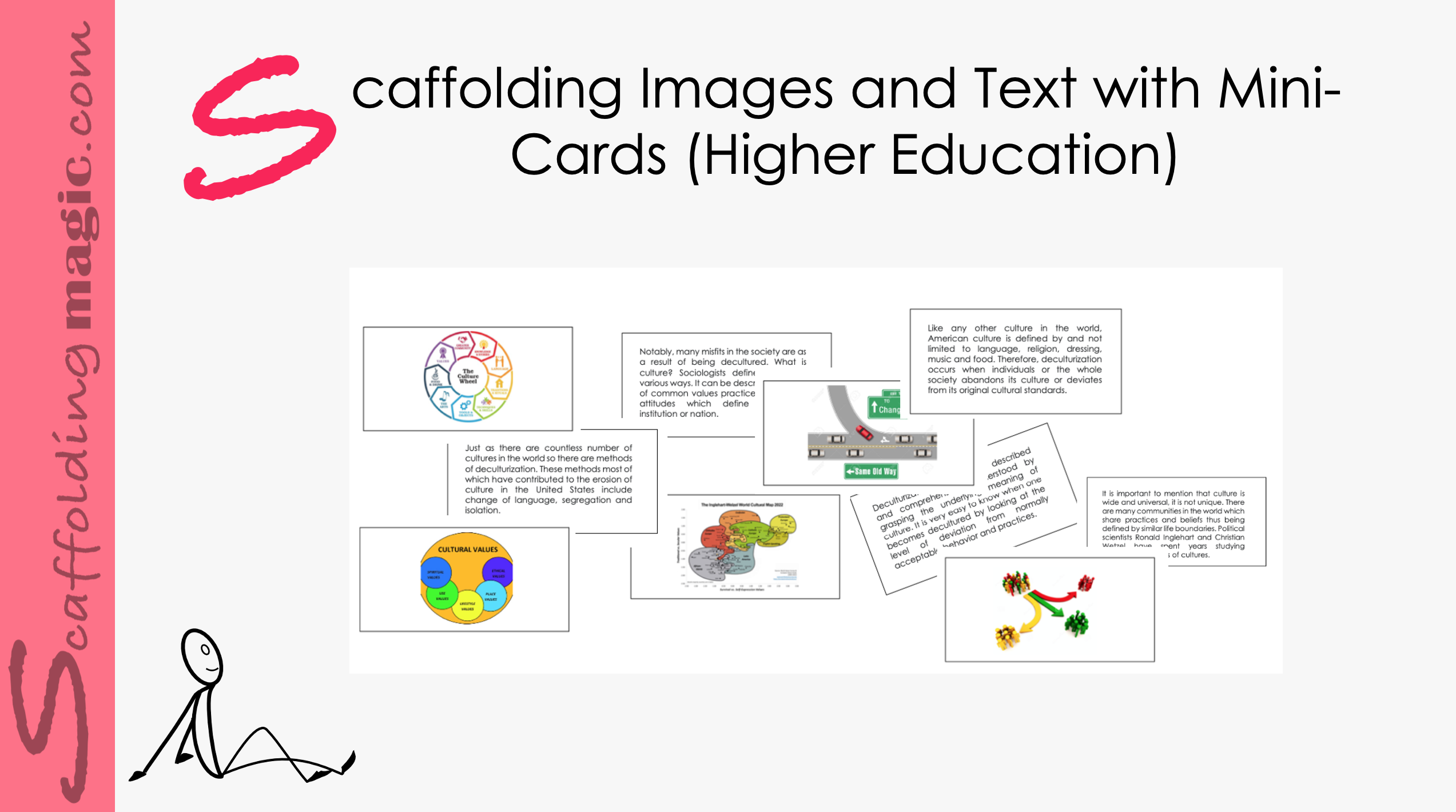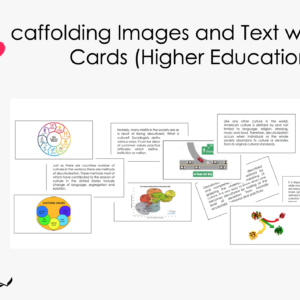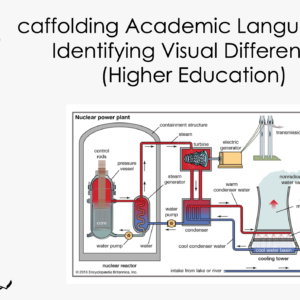The brain sparks and grows when we make mistakes – even if we are not aware of it – because it is a time of struggle; the brain is challenged, and so this is when it grows the most.* Errors need to be celebrated in our classroom; we need to help our students to embrace the effort they make in their studies and focus on mistakes and successes alike, and not only the outcomes.
Scaffolding Academic Language – through errors (higher education)
$5.00
The brain sparks and grows when we make mistakes – even if we are not aware of it – because it is a time of struggle; the brain is challenged, and so this is when it grows the most.* Errors need to be celebrated in our classroom; we need to help our students to embrace the effort they make in their studies and focus on mistakes and successes alike, and not only the outcomes.
Related products
-
Higher Education ScaffoldsQuick View
Scaffolding Images and Text with Mini-Cards (Higher Education)
$5.00 Add to cartRated 0 out of 5 -
Higher Education ScaffoldsQuick View
Scaffolding Academic Language by Identifying Visual Differences (Higher Education)
$5.00 Add to cartRated 0 out of 5 - Quick View
-
Higher Education ScaffoldsQuick View
Scaffolding space & space exploration (higher education)
$5.00 Add to cartRated 0 out of 5
Scaffolding Images and Text with Mini-Cards (Higher Education)
In this scaffold, students have the opportunity to develop their linguistic and visual skills as they negotiate connections between text and images. They also interact with the information through temporal and grammatical transformations, as well as bodily-kinesthetic interplay.
We take every opportunity to expand our practice. Whenever possible, we broaden the variety of strategies we use in our classroom activities so that when our students go out into the world, they are more prepared – all because of the extra effort we put into our lessons.
In this scaffold, students have the opportunity to develop their linguistic and visual skills as they negotiate connections between text and images. They also interact with the information through temporal and grammatical transformations, as well as bodily-kinesthetic interplay.
We take every opportunity to expand our practice. Whenever possible, we broaden the variety of strategies we use in our classroom activities so that when our students go out into the world, they are more prepared – all because of the extra effort we put into our lessons.
Scaffolding Academic Language by Identifying Visual Differences (Higher Education)
Creating opportunities for our students to use academic terms and phrases while analysing, comparing, categorising, and defending their own ideas, triggered by the search for visual differences in an educational resource you’ve manipulated.
Creating opportunities for our students to use academic terms and phrases while analysing, comparing, categorising, and defending their own ideas, triggered by the search for visual differences in an educational resource you’ve manipulated.
Janice’s new product for testing
Now on to the short description with a pdf added to the product gallery
I want to see how this will show up, so I’ve added a new product to play with.
How do the images appear, etc.
Scaffolding space & space exploration (higher education)
Let’s help students to consider the original motives behind space exploration – controlling direction and purpose of what is possible in space in the future. How important is that goal and is inner exploration more meaningful?
Let’s help students to consider the original motives behind space exploration – controlling direction and purpose of what is possible in space in the future. How important is that goal and is inner exploration more meaningful?










